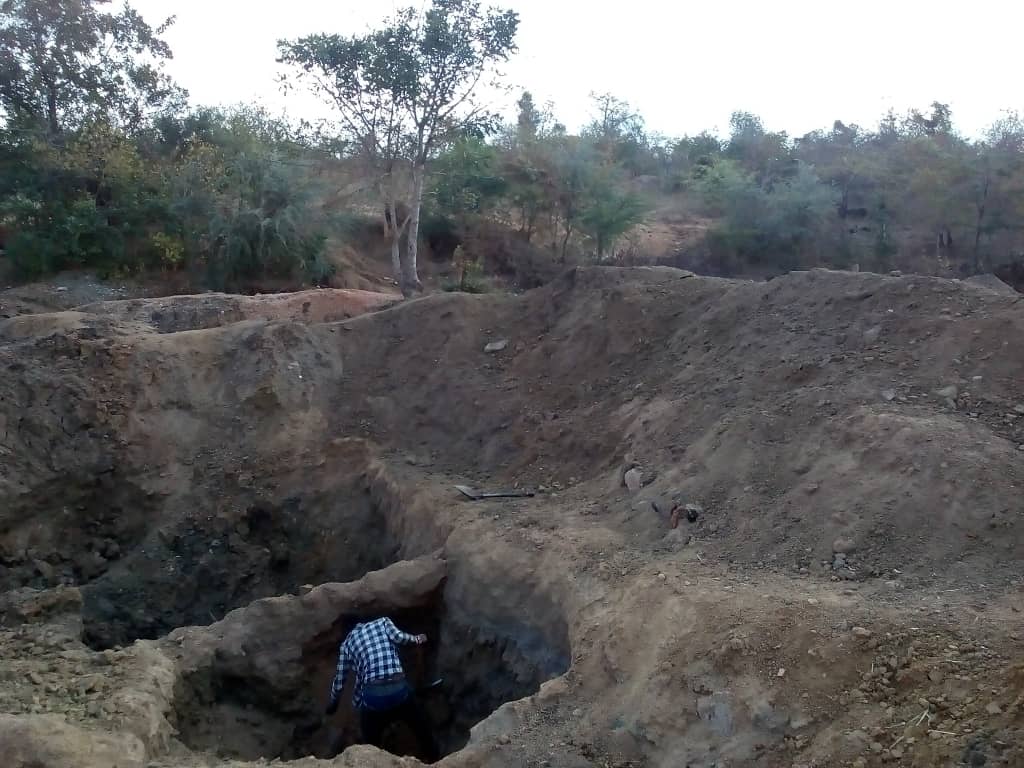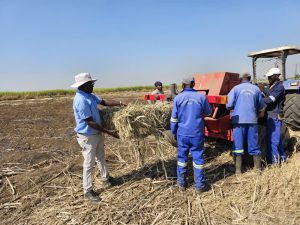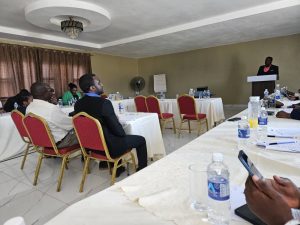ECC Champion
Zimbabwe’s appetite for development is currently manifesting in some big mining projects that are being implemented in the quest for an upper middle income economy by 2030, but all that progress largely marginalizes concerns for the environment.
As part of the drive towards that vision, President Emmerson Mnangagwa in 2019 launched a strategic roadmap to develop the country’s mining industry so that it could contribute at least US$12 billion to the economy by year 2023.
In this view, government seems to be leaning too heavily on the extractive industry as targets to develop the manufacturing sector remain largely elusive.
Of particular concern is the environmental cost of these developments on the country’s rural communities that are often vulnerable to large scale mining projects especially those involving the Chinese.
Socio-political analyst Dr Last Alfandika said Zimbabwe needed to strike a balance between development and the environment.
“For how long will we avoid the question of the environment? Someone has to take the authorities to task and have them account for the environmental cost.
“It is good to drive development using our own resources but we should not turn a blind eye on such other concerns as the environment.
“We have to come up with investment opportunities or programmes which are environmentally-friendly. And we have to ask the mines ministry on the environmental plan as they want to achieve their target,” said Dr Alfandika.
Another analyst Dr Gift Gwindingwe told EnviroPress that the extractive sector had caused a lot of decimation to the environment at a time when attention of the world is shifting to climate change.
“What we are seeing is a clear indication that our country does not take the issues of the environment seriously. This is a topical issue which should take centre stage in all developmental issues.
“We do not want a situation where our communities will be left dealing with the environmental consequences from the extraction of minerals. We have seen it in Chivi where the community was left nursing environmental injuries when Murowa Diamonds embarked on its exploration,” said Dr Gwindingwe.
Mines and Mining Development deputy minister Polite Kambamura recently told stakeholders in Harare that the country was on track to achieving the US$12 billion target by 2023 but nothing is his speech addressed the environmental question.
Kambamura said Zimbabwe will tap into all its mineral resources to achieve the target including the diamonds sector which is set to contribute US$1 billion.
“In terms of the US$12 billion milestone, so far we are on track, and we look forward to this contribution from the diamond sector. The US$12 billion vision requires us to work as a team with stakeholders,” he said.
“The US$12 billion target will be achieved through the opening of new and closed mines, enhanced mineral exploration, expansion of existing mines, increased capacity utilisation and value-addition and beneficiation.
“The value addition of diamonds through cutting and polishing will play a key role in the growth of the diamond sector with 10 percent of the diamonds being set aside for the local industry,” said Kambamura.
Under the US$12 billion mining roadmap, gold is expected to contribute 4 billion dollars, platinum 3 billion dollars, while chrome, iron, steel, diamonds and coal will contribute 1 billion dollars.
Lithium is expected to contribute 500 million dollars while other minerals will contribute 1.5 billion.
This report was made possible through support from WAN-IFRA Media Freedom’s Strengthening African Media Programme: Climate Change and Environmental Reporting. Views expressed here do not belong to WAN-IFRA






